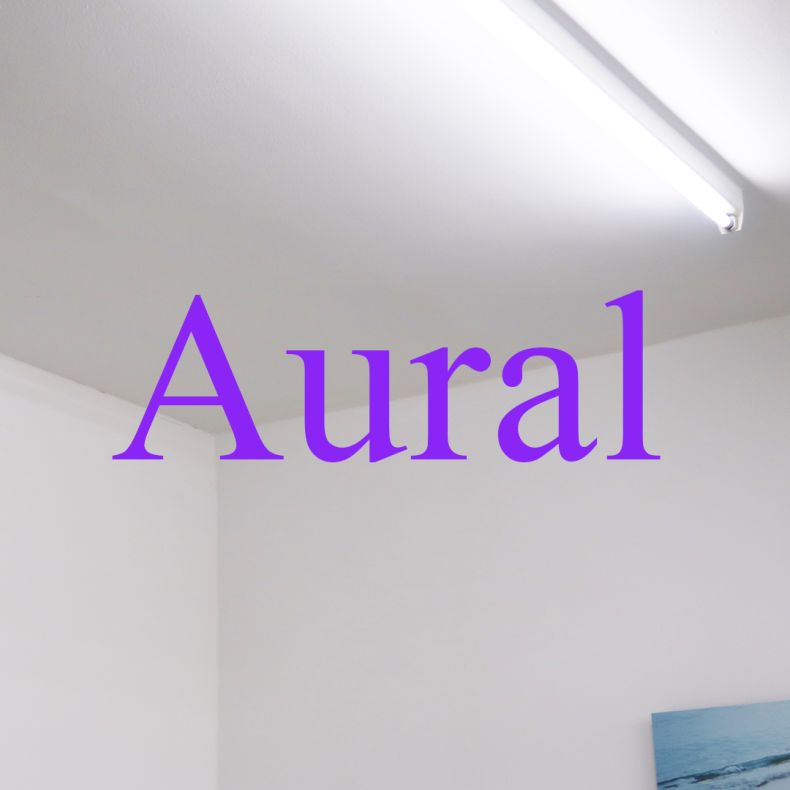Tiago de Abreu Pinto: (A person stands in front of a jury and starts talking about an exhibition)

Index is interested in redefining the language, presentation and distribution of art — questioning different formats around the exhibitional which has long been a part of Index’s history. One way of doing this is by adopting Ekphrasis: a rhetorical exercise of expressing the experience of one work of art within another one. In its essence an act of translation — changing or transcending mediums. From Keats reveling in the beauty of a Grecian Urn or Ibsen providing a glimpse of his heroine’s interiority through a lyrical description of an oil painting, to more generally letting our understanding of the sensory world be processed through the system of written language.
In this Aural Exhibition, Curator Tiago de Abreu Pinto takes a specific situation and visualizes a future, using the role of art to define what this future could be. The exhibition becomes a declaration of possibilities from collective practices between the artistic and the political, between life and culture — If there is a difference.
Listen to (A person stands in front of a jury and starts talking about an exhibition) here:
The activists and artist collectives that are part of this project have been nationally and internationally the forces of the so-called ESTALLIDO GENERATION, during the massive demonstrations of 2019-2020 in Chile, marked by an intense and polyphonic artistic drive in public space, and its transformation to virtual space; they have used expanded tools of contemporary art to unveil the present by mobilizing collective engines; transferring art to the bodies and thoughts of passersby and communities faced with stories and experiences of oppression.
Problematising thought and summoning the presence of the collective echo is evidenced in: Delight Lab by changing the public space with luminous words; colectivo LASTESIS by mobilizing the bodies of women and the LGBTQIA+ community from personal and social experience through sound and performance; Rangiñtulewfü by activating publically a collective political Mapuche movement from an ancestral common memory.
The proposed installation arises from the impulse of each one of the participating activists and artist collectives to activate devices and generate a dialogue with the public space and respond to a social heartbeat in order to demonstrate the emergence of a body-territory. The installation also seeks to offer itself as a living historical piece since it interacts with the past, present and future of Chile. It is precisely about transmitting the pulse of a social heartbeat, of an iridescence of a vernacular landscape, transferring, in this way, the exhibition space to other psycho-topographic areas: to the minds of those who fight today and tomorrow from a common body-territory.